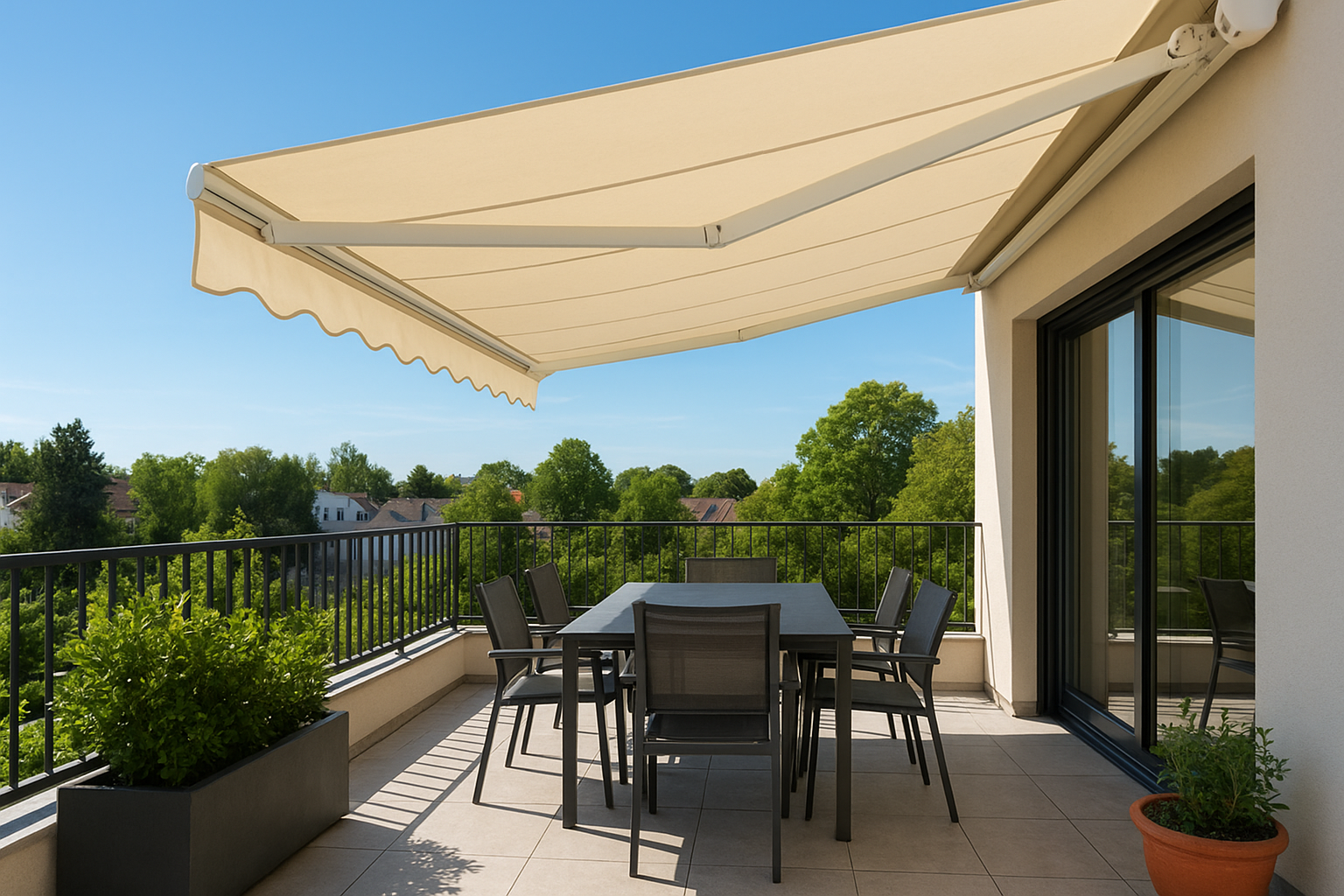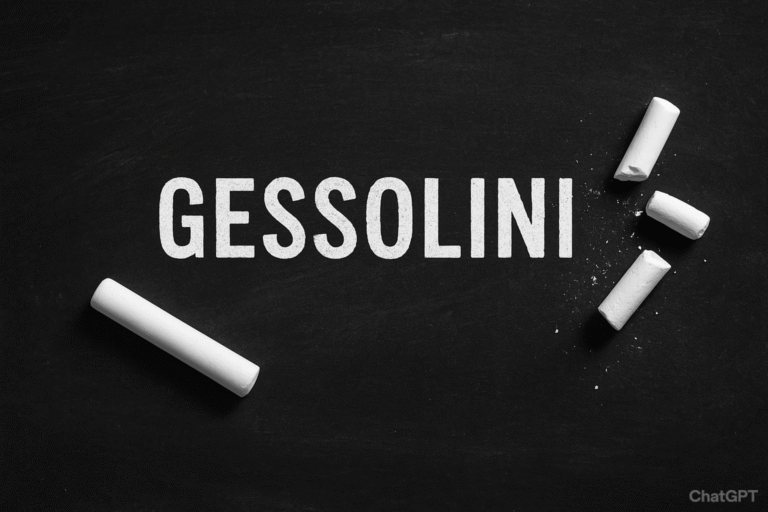Everything You Need to Know About Markiseteppe: Complete Guide for 2025
When we talk about modern outdoor living, comfort and shade play a central role. One of the most effective and elegant ways to achieve both is through markiseteppe—a term commonly used in Scandinavia to describe retractable awnings or fabric-covered outdoor shelters. In 2025, these have become an integral part of sustainable architecture and outdoor lifestyle enhancement. This article provides a comprehensive, experience-backed, and people-first guide to understanding markiseteppe, from its purpose and benefits to practical installation tips and maintenance insights.
What Is Markiseteppe?
Markiseteppe refers to a specially designed fabric awning or canopy that provides shade and protection for outdoor areas such as balconies, terraces, patios, and storefronts. It can be manually operated or motorized, allowing users to extend or retract it based on weather conditions.
These coverings are typically made from UV-resistant, waterproof fabrics like acrylic, polyester, or PVC-coated textiles. Their main function is to protect against sunlight, rain, and sometimes wind, making them ideal for year-round use.
Why Markiseteppe Matters in 2025
With growing interest in sustainable outdoor design and energy-efficient solutions, markiseteppe has gained renewed importance. Here’s why:
- Climate Adaptation: Rising temperatures have led homeowners and businesses to seek practical shading solutions.
- Energy Efficiency: Proper shading reduces indoor cooling needs, cutting electricity bills significantly.
- Outdoor Living Trend: Post-pandemic lifestyles have made patios and terraces valuable extensions of living space.
- Design Flexibility: Modern fabrics and automation make markisetepper both functional and stylish.
As someone who has installed several markisetepper for residential clients in Oslo, I’ve seen firsthand how they transform unused balconies into favorite relaxation spots.
Types of Markiseteppe
Understanding the various types helps in choosing the right one for your needs:
1. Retractable Markiseteppe
- Can be extended or folded back easily.
- Ideal for dynamic spaces like patios or restaurant fronts.
- Available in both manual and motorized systems.
2. Fixed Markiseteppe
- Permanent installations that provide constant protection.
- Commonly used for storefronts or pergolas.
3. Vertical Markiseteppe
- Installed vertically, often used as windbreaks or privacy screens.
- Perfect for balconies or outdoor cafés.
4. Freestanding Markiseteppe
- Supported by independent frames, offering flexibility in positioning.
- Great for large open spaces like gardens or poolside areas.
Key Benefits of Installing Markiseteppe
1. Protection from Weather
It shields against harmful UV rays, light rain, and excessive heat—making outdoor spaces usable even in variable weather.
2. Energy Efficiency
By reducing direct sunlight entering your windows, markisetepper help lower indoor temperatures, decreasing dependence on air conditioning.
3. Aesthetic Enhancement
Modern designs blend effortlessly with contemporary architecture, adding a touch of sophistication to homes and businesses alike.
4. Extended Outdoor Space
Enjoy outdoor dining or relaxation without worrying about harsh sunlight or drizzle.
5. Material Durability
High-quality fabrics used in markisetepper are resistant to fading, mildew, and wear—ensuring longevity and low maintenance.
Challenges and Considerations
While markisetepper offer many benefits, there are practical challenges to consider:
- Cost: High-quality, motorized models can be expensive.
- Maintenance: Regular cleaning is required to prevent mold and dirt buildup.
- Wind Sensitivity: Some retractable models may not withstand very strong winds.
- Installation Complexity: Professional installation is recommended for stability and alignment.
From personal experience, attempting DIY installation without proper tools often leads to uneven fittings and fabric sagging. Professional help ensures both safety and longevity.
Choosing the Right Markiseteppe
When selecting a markiseteppe, consider the following factors:
- Size and Coverage: Measure the area accurately to ensure full protection.
- Fabric Quality: Opt for UV-resistant and waterproof materials.
- Frame Material: Aluminum is durable and rust-resistant.
- Control Options: Choose between manual crank or motorized remote systems.
- Color and Design: Light colors reflect heat, while darker shades offer better UV blockage.
Expert Insight:
If your location experiences frequent wind, a semi-cassette model offers better protection for the fabric and arms when retracted.
Installation Process Overview
Installing a markiseteppe involves several key steps:
- Planning: Measure wall dimensions and select a suitable mounting point.
- Mounting Brackets: Secure heavy-duty brackets using wall anchors.
- Attaching the Awning: Fix the roller and arms securely into the brackets.
- Testing Mechanism: Extend and retract several times to ensure smooth motion.
- Final Adjustments: Align the slope angle for optimal water runoff and shading.
While basic models can be installed manually, complex or motorized versions require electrical expertise and should be handled by certified installers.
Maintenance and Care Tips
Maintaining your markiseteppe ensures long-term functionality and appearance:
- Clean Regularly: Use mild soap and water—avoid harsh chemicals.
- Inspect Hardware: Tighten loose bolts or screws annually.
- Retract During Storms: Protects against damage from strong winds.
- Store Properly in Winter: If portable, store it in a dry area.
A maintenance schedule every six months keeps your markiseteppe in prime condition.
Real-World Applications
- Residential Use: Balconies, patios, and garden seating areas.
2. Commercial Use: Cafés, restaurants, and storefronts seeking weather protection for customers.
3. Institutional Use: Schools and community spaces where shade improves comfort.
During a project in Bergen, a café owner shared how installing a motorized markiseteppe increased their outdoor seating usage by 40% even on sunny afternoons—an excellent example of functional design boosting business.
Environmental Impact and Sustainability
Modern markisetepper support sustainability by:
- Reducing energy consumption through natural shading.
- Using recyclable aluminum frames.
- Employing eco-friendly, non-toxic fabrics.
These features align with global efforts to reduce carbon footprints and enhance green living spaces.
FAQs
1. What is the lifespan of a markiseteppe?
A well-maintained markiseteppe typically lasts between 10 to 15 years, depending on usage and weather conditions.
2. Can I install a markiseteppe myself?
Yes, but professional installation ensures safety, accuracy, and warranty compliance.
3. Are markisetepper waterproof?
Most are water-resistant rather than fully waterproof. It’s advisable to retract them during heavy rain.
4. How much does a markiseteppe cost?
Prices vary based on size, fabric, and automation—ranging from affordable manual units to premium motorized systems.
5. Can I motorize my existing markiseteppe?
In many cases, yes. Motorization kits are available for compatible models, but expert assistance is recommended.
Conclusion
Markiseteppe stands at the intersection of comfort, functionality, and design excellence. Whether enhancing a home balcony or upgrading a commercial terrace, it delivers practical shading solutions while improving aesthetic appeal. With proper selection, installation, and care, it becomes a long-term investment in both lifestyle and sustainability.






